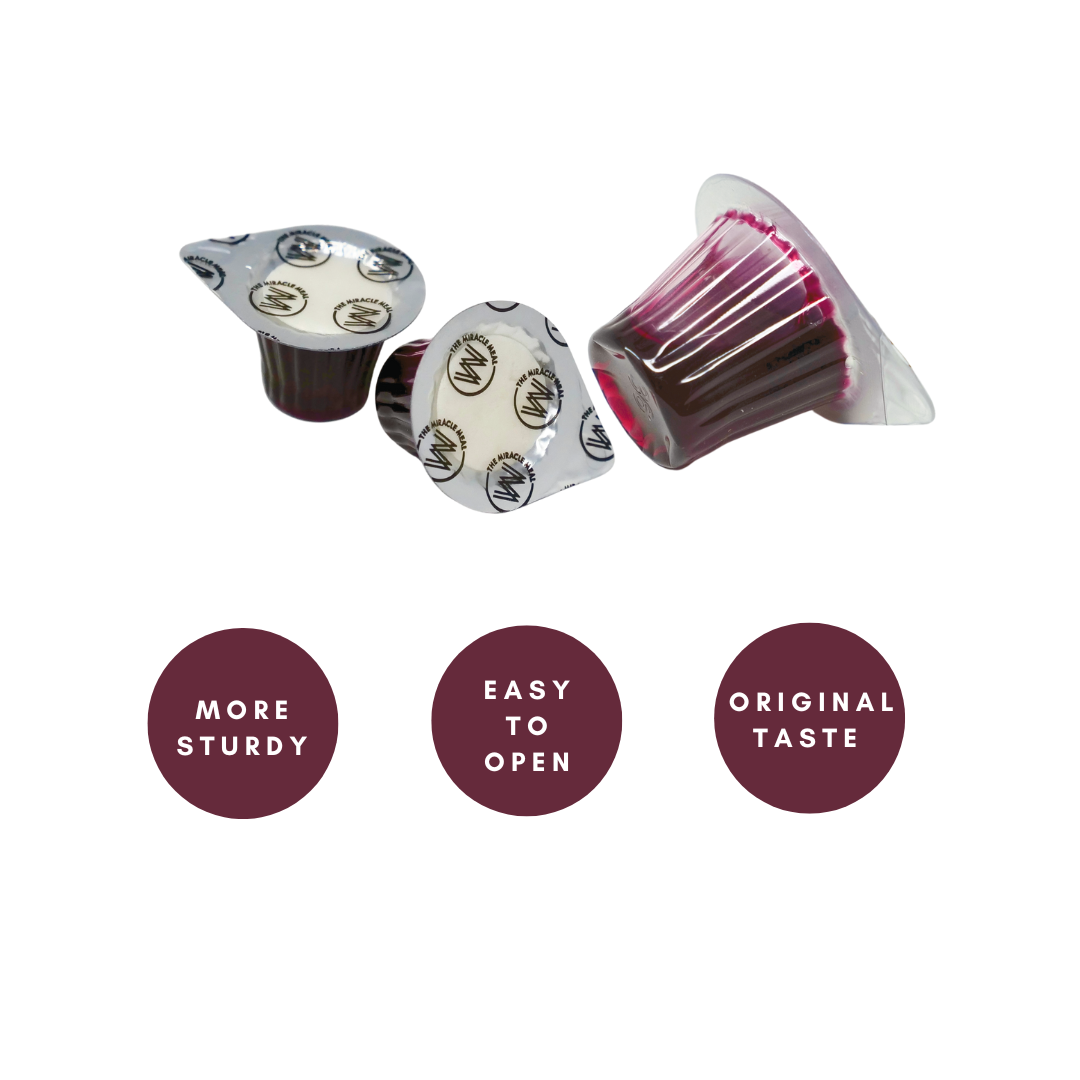Is Communion Only A Catholic Practice?
This sacred observance might seem linked only to one particular branch of Christianity, but its significance extends across a broad spectrum of believers. The aim of this article is to explore whether this shared ritual is truly confined to one group or if it resonates within various Christian traditions in distinct but equally meaningful ways.
It matters because many people wonder if partaking in the bread and wine is exclusively associated with Catholic congregations. By shedding light on how different denominations reflect on this rite, we can appreciate its ongoing relevance and the universal thread that binds Christian communities together.
Understanding the Historical Roots
The earliest mentions of the bread-and-wine ritual can be found in the New Testament, where Jesus’ final meal with His disciples set the stage for future generations. Originally a communal act of fellowship, this meal evolved into a structured practice that became central to Christian worship. Over centuries, the pattern established by the Last Supper was integrated into formal liturgies, with churches worldwide commemorating Jesus’ sacrifice in this meaningful way.
Early followers, regardless of background, gathered for a common meal that combined both spiritual and social dimensions. As Christianity expanded, these gatherings sparked theological discussions about the nature of the bread and wine, focusing on Christ’s real presence versus a purely symbolic interpretation. Even before the institutional structures of the Roman Catholic Church, communities recognized the power of reenacting Jesus’ final hours together.
As the faith spread, variations emerged to accommodate diverse cultures and local customs. Gradually, the Roman Catholic Church took a central role in defining certain traditions, emphasizing the transformation of the elements into Christ’s body and blood. However, this ritual was not isolated to one group. It laid a foundation for multiple Christian expressions—each drawing from the same biblical impetus yet shaping the practice to meet their distinct doctrinal perspectives.
Variations of the Sacrament Across Different Denominations
The question often arises: Is the Eucharist purely a Catholic tradition? In fact, numerous Protestant churches, such as Lutheran, Anglican, and Presbyterian bodies, regard this sacred rite as a vital component of worship. While some emphasize symbolic remembrance, others highlight a more tangible experience of grace. Despite these differences in interpretation, all recognize the importance of coming together to honor Christ’s sacrifice and foster unity.
Eastern Orthodox congregations also celebrate the Eucharist through elaborate liturgies that emphasize deep reverence. They believe in the real presence of Christ within the elements, paralleling several Western traditions in their devotion and solemn reflection. Moreover, many Methodist and Baptist communities follow a similar pattern, though the frequency and form may vary—from weekly observances to periodic commemorations at special church gatherings.
With such diversity in practice, it’s clear that sharing bread and wine is far from a single-denomination custom. Traditions might differ in language or ritual detail, but they uphold a unifying theme: remembering Jesus through a communal act. Asking whether partaking in the sacrament is confined exclusively to a Catholic congregation misses the broader truth that most Christian denominations recognize and honor this moment of spiritual reflection.
Practical Considerations and Modern Conveniences
In current times, believers gather in churches of all sizes—ranging from grand cathedrals to intimate house services—to partake in this central element of worship. Although uplifting, preparing the bread and juice for large or multiple services can be logistically demanding. Health concerns, spillage, and managing leftover portions may create unwanted distractions from the focus of the occasion. As a result, many congregations have started seeking new methods to keep the experience both streamlined and sacred.
Pre-filled, sealed communion cups address many of these challenges by unifying wafer and juice in a single container. For example, The Miracle Meal provides prepackaged servings that arrive ready-to-use, eliminating the need for intricate setup or extensive cleanup. Each cup features a thin top film that reveals the wafer, and a middle foil seal that opens to the juice. Importantly, these cups open quietly, helping maintain a reverent atmosphere during the service.
They also include a 12-month shelf life, ensuring fresh elements without the worry of spoilage. Their discreet, recyclable packaging meets the needs of congregations conscious about environmental impact. By reducing the hassle of distribution and preparation, churches can concentrate on the spiritual aspect—reflecting on the significance of Christ’s sacrifice, rather than on any logistical burdens.
Conclusion
In short, the practice of gathering around bread and cup goes far beyond Catholic circles. Many Christian traditions honor this sacrament as a vital expression of faith, arriving at different interpretations but holding fast to a shared reverence for Christ’s sacrifice. Regardless of the details, the heart of the matter remains a communal remembrance that unites believers in an enduring act of worship.
If you want to simplify your communion service or bring greater convenience to your gatherings, explore our online store for pre-packed, ready-to-serve cups. We invite you to discover how these thoughtfully designed servings can help your community focus on the spiritual beauty of the moment without the fuss.



